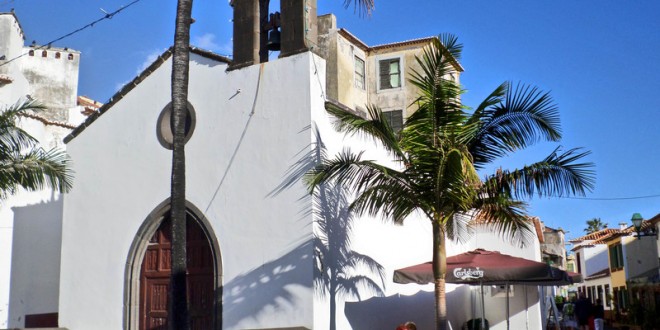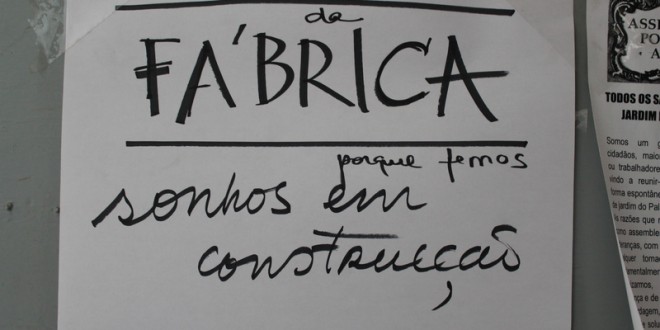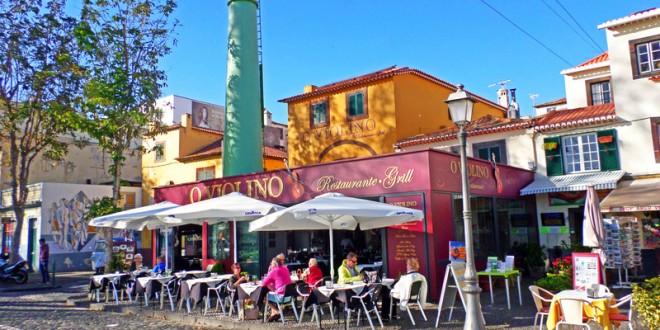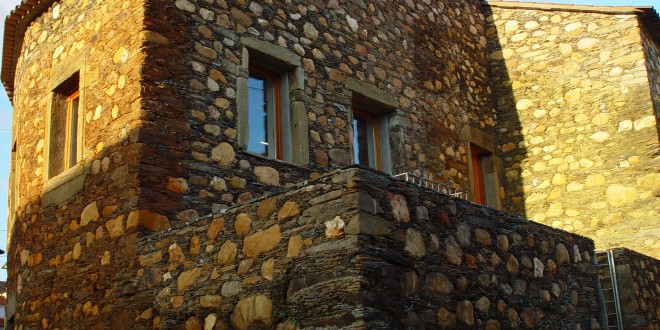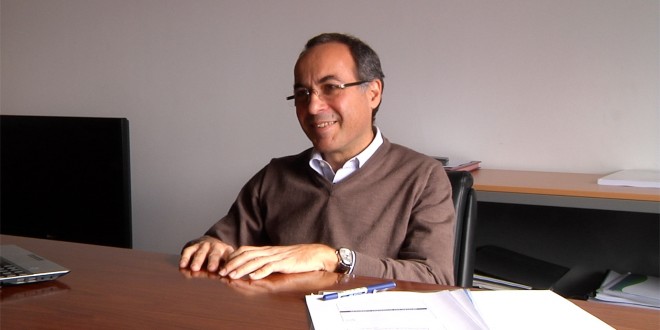Gil da Silva Canha sits on Funchal Municipal Council and the councillor responsible for urbanism, directly supervising this and other projects. ECO123: How would you evaluate the restoration project for the Santa Maria historical centre? Gil da Silva Canha: I believe it grew weaker as the recovery of a historical neighbourhoods requires a general plan of action and thus far no such plan has ever been drafted. What was done involved sporadic and individual interventions.
Read More »
 Eco123 Revista da Economia e Ecologia
Eco123 Revista da Economia e Ecologia

